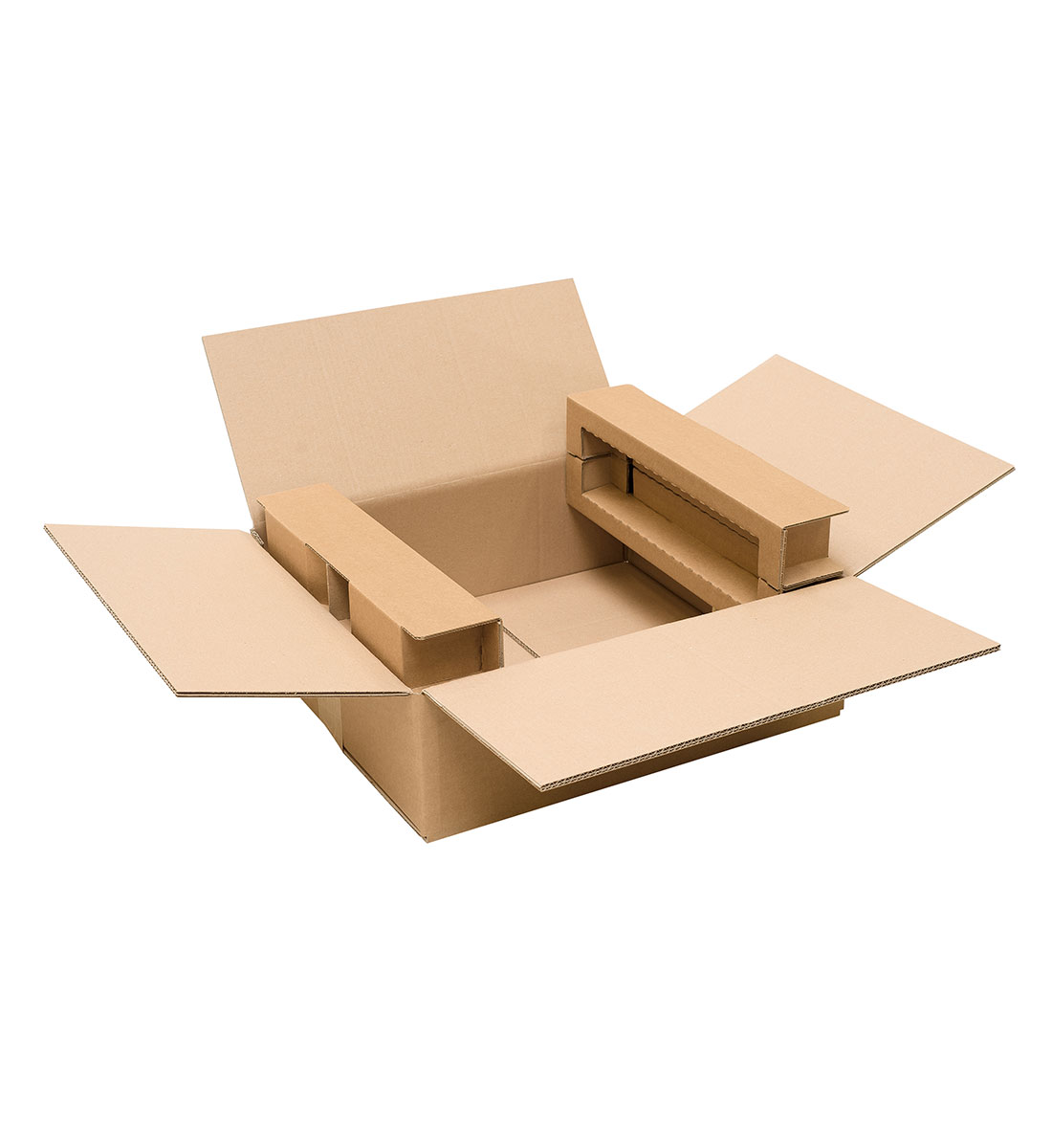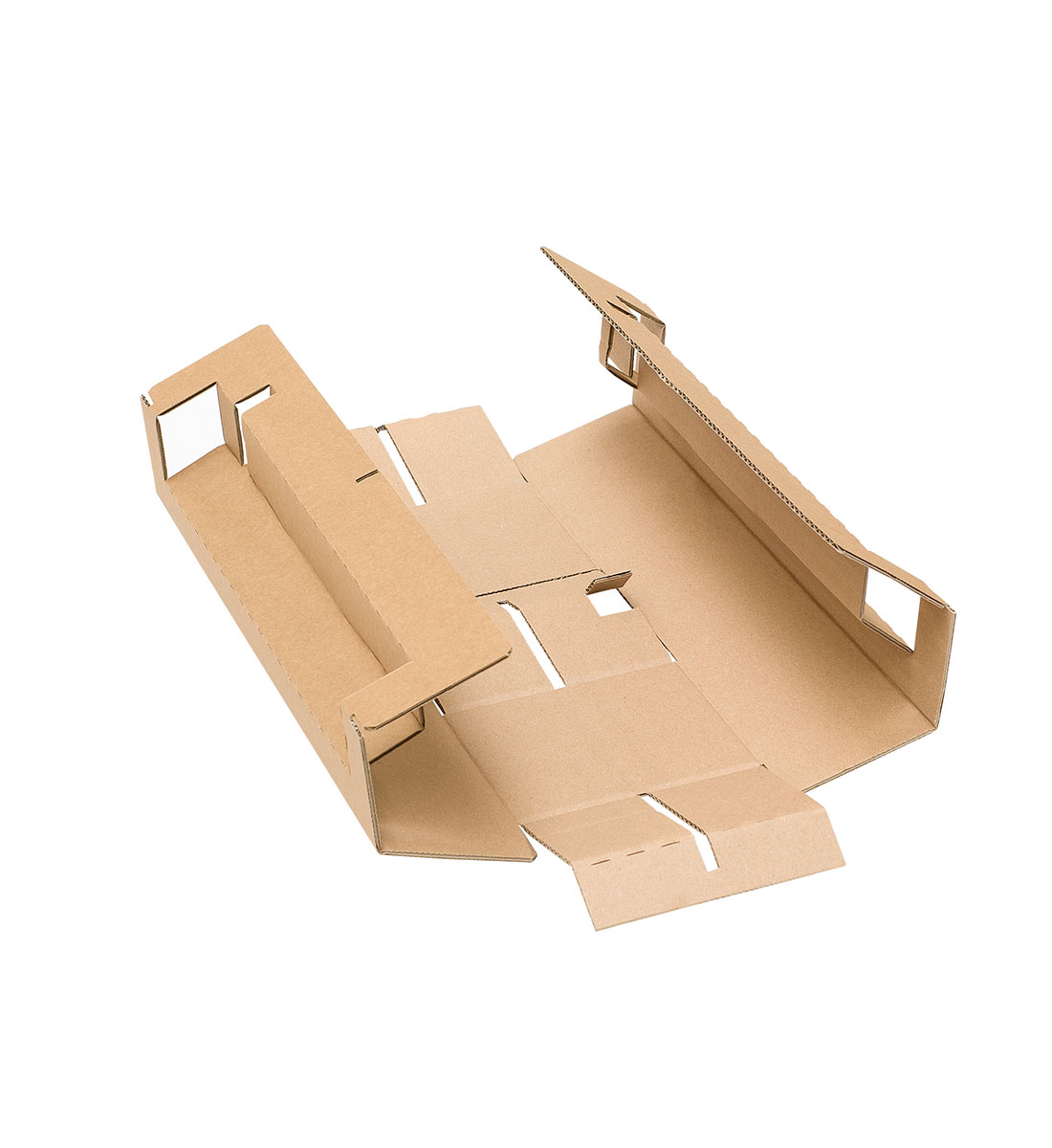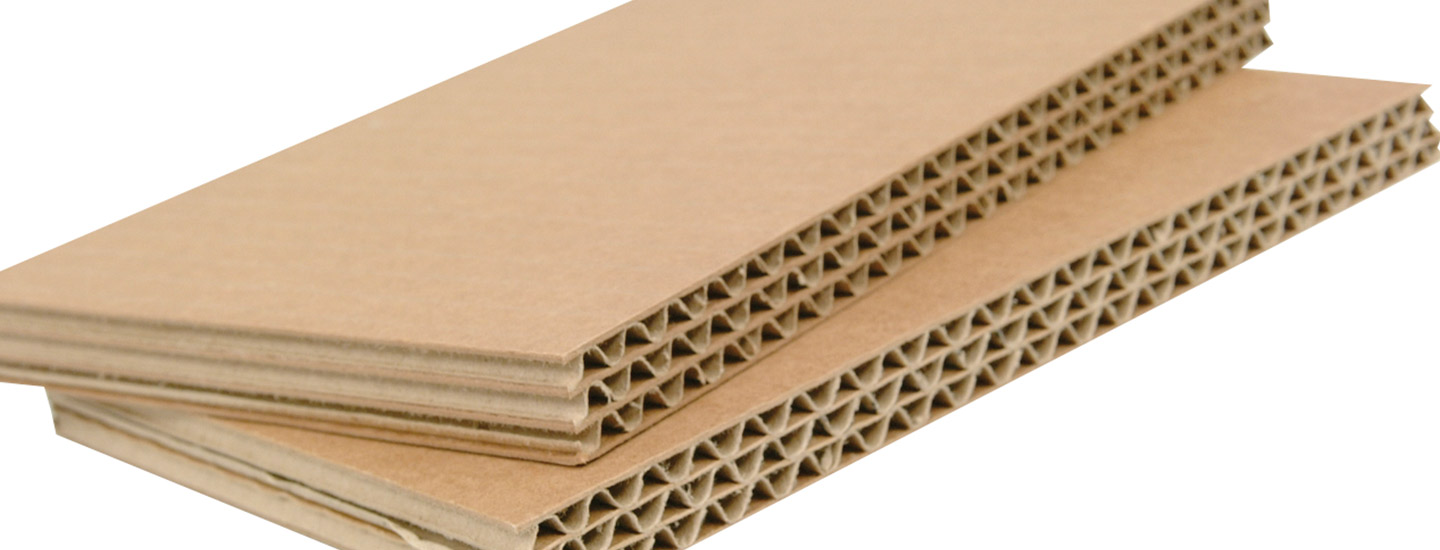- News & Insights
- 2017
- Corrugated Packaging Materials
- Packaging Materials
- Sustainability
- Packaging Optimization
Corrugated Packaging Materials
When it comes to packaging materials, there are a number of different types available to you.
One of the most explored options is corrugated packaging, which, due to its construction, provides for a lightweight, strong and versatile material. If you are not familiar with the ins and outs of corrugated packaging, here is some basic information about this solution and when you may want to consider using it.
What is Corrugated Material?
Corrugated cardboard, sometimes referred to as corrugated fiberboard, is made from cellulose fibers - virgin or recycled from used corrugated cardboard or other materials.
Corrugated cardboard is a structure formed by one or more corrugated elements, called “medium” or “fluting,” attached to one or more flat elements, called “liner,” by means of adhesive applied to the top of the flutes.
The number of liners and mediums utilized in the corrugated board define its classification: single face, single-wall, double-wall, triple-wall, etc. The board calipers are known by fluting type, the most common being: A, B, C, E, or F. These categories denote different sizing of the flutes, from a height and frequency (distance between the waves) of the flutes.
Single walls are usually found in A, B and C-flutes, and BC is one of the most common double-walls. The triple-wall, typically used for heavy-duty applications, differs from ACC, ABA, etc., depending on the producer and location.
The corrugated packaging can be found in different styles, shapes and sizes depending on the application. There are international organizations, such as FEFCO in Europe, that standardize the construction internationally.
The Different Types of Liner
While many types of corrugated packaging look nearly identical, they may be made with different types of materials which can have significant effects on its properties, and thereby, its performance as packaging. The liners, for example, come in several different forms. They are as follows:
Kraft Liners
Kraft liners consists of at least 70-80% virgin chemical pulp fiber. They are considered the top material grade, are very stiff and strong, and have a finished surface. Many Kraft liners are made from the pulp of soft woods, although some make use of pulp from birch and other harder woods. Kraft liners can be divided into several subcategories depending on their color:
Brown Kraft liners vary in natural brown color depending on the fiber, pulping process, and mill location.
White Top Kraft liners are very strong and affordable.
White Mottled Kraft liners, also called Oyster liners, are similar to White Top Kraft liners, but they have a mottled appearance.
Bleached Kraft liners have a natural look to them, but go through an additional bleaching stage. They are not as strong as unbleached liners.
Birch Faced Kraft liners are made using similar materials as White Top Kraft liners, but the top ply is bleached. This lowers the liner’s overall impact on the environment.
Test Liners
The strength of test liners is not quite as high as that of Kraft liners, as they have a higher recycled fiber content. It is worth noting that brown test liners can be divided into different classes, though these classes often differ depending on the country of operation.
Chip Liners
Chip liners are not as common as the Kraft or Brown Test liners. They are mostly made from uncontrolled recycled materials, which means they are not as high in quality. They do not provide as good of a performance as the other types of liners, either. There are three types of Chip liners:
Bleached liners, which are often white in color.
White top liners, which use a laminated bleached liner and look similar to bleached liners, though they are cheaper.
Mottled liners, which are often used only as inner or center liners.
There are other factors to consider as well. For example, the walls of corrugated packaging may consist of a single, double, or even triple layer. The more layers, the stronger and more durable the packaging will be, but it will also often be more costly. We will come back to this topic and more applications in an upcoming article.
When Should You Use Corrugated?
Corrugated packaging is a good packaging solution for several situations. First, since it is 100% recyclable, it is a good option for any company that is concerned with its effect on the environment, especially as sustainability is becoming increasingly important to people in the business world.
Corrugated packaging is also very customizable. You can change the board type, the adhesive used, and the flute size. It can also be coated in a number of different protective layers. For example, corrugated packaging can have a flame retardant layer applied to it for use when shipping flammable materials or wet resistant materials when exposed to situations like high humidity or wide temperature variation.
This type of packaging can be very strong relative to its weight and is capable of protecting fragile items while in shipment. The products are packaged in between layers of corrugated packaging rigid enough to withstand a good amount of pressure or turbulence. These boxes can resist being dropped and can withstand exposure to high vibration levels as well.
Finally, this type of material is very cost-effective. It is one of the least expensive options available, so it is a good choice for those who are trying to reduce packaging spend without taking away product protection.
How Nefab Can Help You with Corrugated Packaging Solutions
The experts here at Nefab can assist you in selecting the right type of corrugated packaging which best fits your needs. We have years of experience working with corrugated packaging, so we know what it is capable of and can tell if it will be a good solution for your shipping needs.
Have more questions about corrugated packaging? Contact us today or visit our page about corrugated packaging solutions.


